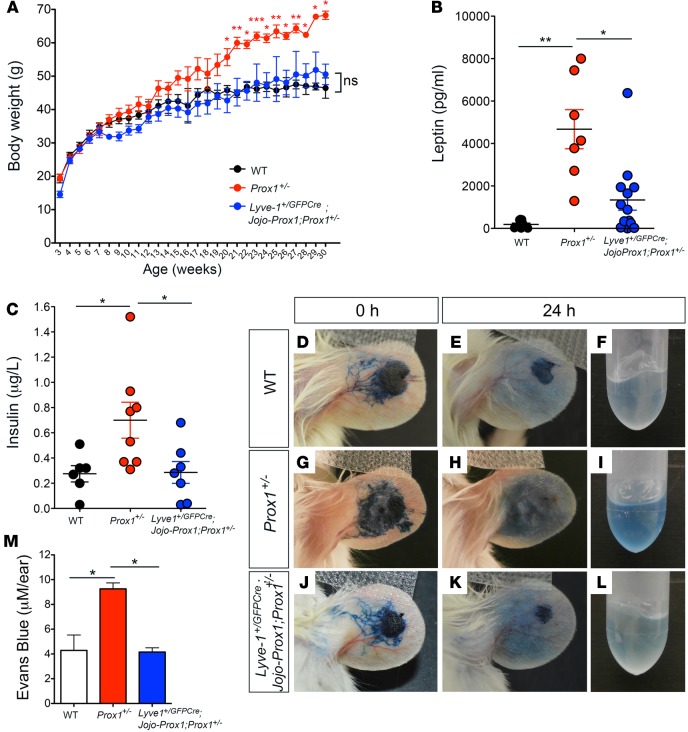Figure 5. Lymphatic-specific Prox1 restoration rescues the adult-onset obesity phenotype in Prox1+/– mice.
(A) Average body weight of littermate mice measured every week, starting at weaning age. Progressive weight gain was observed in Prox1+/– mice (red dots), but no significant weight gain, compared to that of WT mice (black dots), was observed in Lyve1+/GFPCre;Jojo-Prox1;Prox1+/– (blue dots) littermates. Data are plotted as means ± SEM from male and female mice of at least 7 mice per genotype. (B and C) Leptin (B) and insulin (C) levels were higher in adult Prox1 mice than WT counterparts; however, in Lyve1+/GFPCre;Jojo-Prox1;Prox1+/– mice, the levels were comparable to their WT littermates. (D–M) Rescue of ear lymph flow. Representative photographs of ears at 0 and 24 hours after injection of Evans blue dye into 7-week-old female WT (D–F), Prox1+/– (G–I), and Lyve1+/GFPCre;Jojo-Prox1;Prox1+/– (J–L) mice. (M) Extravasation of Evans blue dye was measured via absorbance at 620 nm. Quantification of the total dye remaining in the ear skin for each genotype shows that the lymph flow defect seen in Prox1+/– mice was improved in Lyve1+/GFPCre;Jojo-Prox1;Prox1+/– mice to the same extent seen in WT siblings. Results are representative of 3 independent experiments. WT, Lyve1+/GFPCre, or Jojo-Prox1 mice were used as WT control mice. Plot shows mean ± SEM. *P ≤ 0.05; **P ≤ 0.01; ***P ≤ 0.001, 1-way ANOVA followed by Bonferroni’s multiple comparison test.

